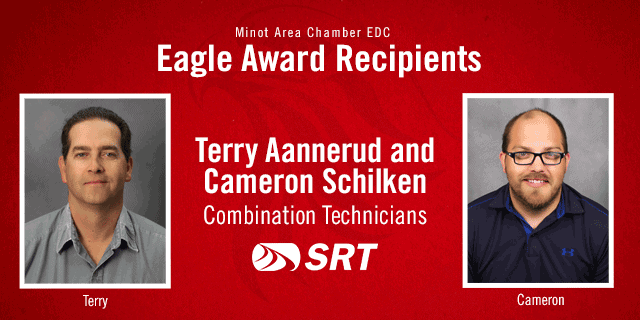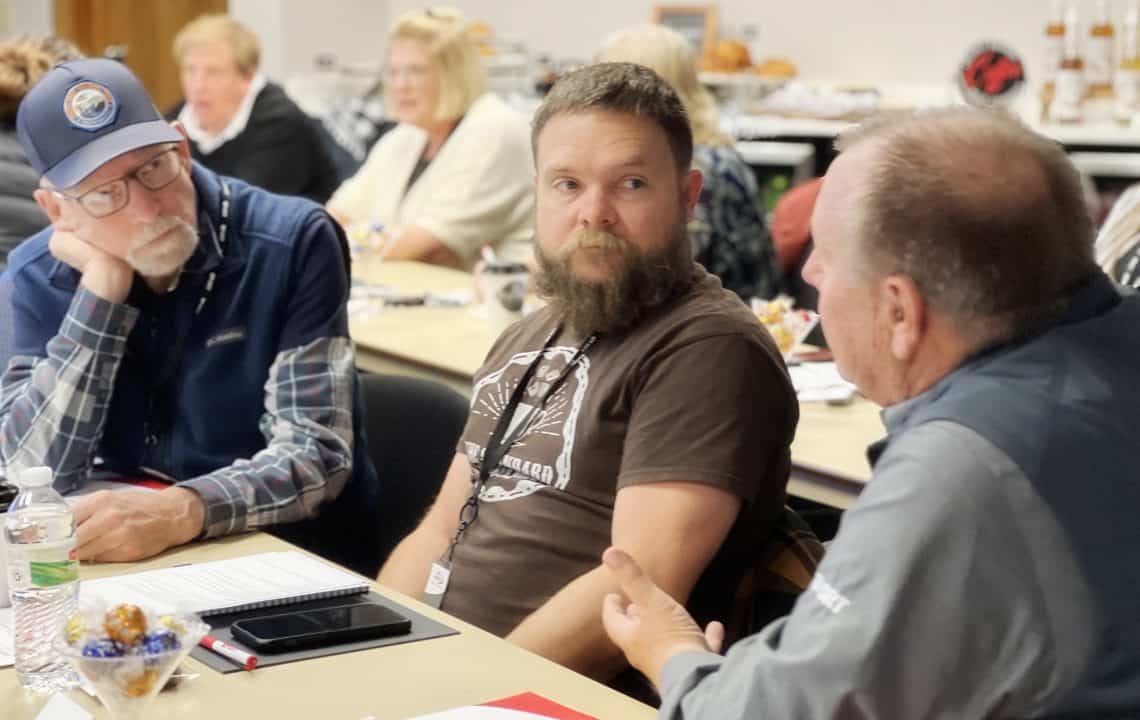Short Tutorial/FAQ – What Security Steps Should I Take Before Scanning QR Codes?
 Question: Are there security steps I should take before scanning QR codes?
Question: Are there security steps I should take before scanning QR codes?
Answer: The FBI recently warned that QR codes are being altered to send users to malicious sites to steal login and financial information. For this reason, you should take precautions when using QR codes.
Here’s how to protect yourself:
Once you scan a QR code, check the URL to make sure it is the intended site and looks authentic. A malicious domain name may be similar to the intended URL but with typos or a misplaced letter.
Practice caution when entering login, personal, or financial information from a site navigated to from a QR code.
If scanning a physical QR code, ensure the code has not been tampered with, such as with a sticker placed on top of the original code.
Do not download an app from a QR code. Use your phone’s app store for a safer download.
If you receive an email stating a payment failed from a company you recently made a purchase with and the company states you can only complete the payment through a QR code, call the company to verify. Locate the company’s phone number through a trusted site rather than a number provided in the email.
Do not download a QR code scanner app. This increases your risk of downloading malware onto your device. Most phones have a built-in scanner through the camera app.
If you receive a QR code that you believe to be from someone you know, reach out to them through a known number or address to verify that the code is from them.
Avoid making payments through a site navigated to from a QR code. Instead, manually enter a known and trusted URL to complete the payment.
If you believe you have been a victim of stolen funds from a tampered QR code, report the fraud to your local FBI field office at www.fbi.gov/contact-us/field-offices.
 Question: Are there security steps I should take before scanning QR codes?
Question: Are there security steps I should take before scanning QR codes?
Answer: The FBI recently warned that QR codes are being altered to send users to malicious sites to steal login and financial information. For this reason, you should take precautions when using QR codes.
Here’s how to protect yourself:



 If you’re tagged in a Facebook post or get a direct message that says, “Look who died, I think you know him,” followed by several crying emojis, don’t click on the link. It won’t take you to a news report about a death. It’s a trap.
If you’re tagged in a Facebook post or get a direct message that says, “Look who died, I think you know him,” followed by several crying emojis, don’t click on the link. It won’t take you to a news report about a death. It’s a trap.


